4 White Wine Alternatives That Work in Risotto
White wine adds acidity and subtle fruitiness to risotto, but substitutions abound when the bottle runs dry.
Fruit juices like white grape or apple juice offer mild sweetness and acidity.
Vegetable or chicken broth brings depth with savory notes.
A splash of vinegar diluted with water can mimic acidity but must be used cautiously.
Each alternative contributes unique nuances, requiring slight adjustments.
Embracing these swaps allows risotto lovers to create comforting dishes anytime.
Discover which option best suits your pantry and palate.
Why White Wine Is Traditionally Used in Risotto
White wine is a classic ingredient in risotto because it brings out subtle flavors and creates a gentle acidity that makes the dish taste more balanced:
A splash of white wine helps lighten the rich and creamy rice, keeping each bite from feeling too heavy or one-note.
Wine adds another layer of flavor, making risotto taste a bit more interesting and complex compared to just using broth or water.
Pouring in white wine after sautéing onions or garlic helps lift the flavor off the pan, letting all those tasty browned bits mix into the rice.
The acidity in wine can help keep the rice grains slightly firm and separate, which gives risotto that signature creamy-yet-tender bite.
Using white wine is part of what gives risotto its classic Italian character, making the dish feel special and true to its roots.
White Wine Swaps for Creamy Risotto
Richness and brightness in risotto stay balanced with white wine substitutes, and some even enhance aroma. The right choice can make each spoonful memorable. Several swaps could inspire your next dish.
Verjuice
Verjuice offers a fantastic substitute for white wine in risotto with its highly acidic profile made from unripe grapes or other sour fruits.
The tart liquid delivers that perfect kick to your risotto, similar to what white wine provides but with its own unique character.
In recipes, simply use 1/4 cup of verjuice to replace 1/2 cup of white wine for balanced flavor without the alcohol content.
Finding verjuice might present a small challenge as many grocery stores don't stock it regularly in their standard inventory.
Chicken Stock
When making risotto, chicken stock serves as an excellent substitute for white wine, bringing rich umami flavor to this classic dish.
Adding a squeeze of lime juice can provide the acidity that chicken stock lacks compared to wine.
Most home cooks appreciate how readily available chicken stock is in grocery stores, unlike some alternatives such as verjuice.
The combination of stock and citrus creates depth while maintaining the creamy texture risotto is known for.
Many recipes actually call for both wine and stock, so using just stock with acid makes perfect sense as an adaptation.
Grape Juice
Risotto doesn't actually require alcohol since it cooks off during preparation, leaving just the flavor behind without any noticeable alcohol content.
Grape juice makes an excellent substitute for white wine in this classic Italian dish because it offers similar fruity notes without any alcohol content.
The substitution is straightforward - simply use grape juice in exactly the same amount as the recipe calls for wine, maintaining a 1:1 ratio for perfect results.
Home cooks can confidently make this swap when serving children or guests who avoid alcohol, knowing the dish will still develop those rich, complex flavors that make risotto so beloved.
Red Wine
Beetroot-themed risotto becomes possible when red wine takes the place of white wine in your recipe.
Both wines share similar alcohol content and slightly sour notes, differing mainly in the vibrant color that red wine adds to the dish.
The substitution works perfectly because these wines are functionally equivalent in cooking, just not typically swapped due to their color difference.
For a ruby-hued risotto that stands out at mealtime, simply use equal amounts of red wine instead of white in your next batch.
This small change creates a visually striking dish while maintaining the authentic risotto flavor profile that everyone loves.
Tips for Balancing Acidity and Flavor When Substituting Risotto
If you need to substitute ingredients in risotto, keeping the right balance of acidity and flavor is key to getting that familiar, comforting taste:
Reader Q&A: Cooking Risotto Without White Wine
1. Will skipping the wine change the flavor?
Yes, slightly. White wine adds brightness and depth. Without it, the risotto may be milder, so balance with lemon juice or extra aromatics like shallots or garlic.
2. Can I just use more broth instead of wine?
You can, especially if you want to keep things simple. However, adding a splash of acidity (like lemon juice) helps mimic the flavor white wine would provide.
3. Is white wine essential for risotto texture?
No. The creamy texture comes from slow stirring and starch release from the rice, not the wine. You’ll still get great results without it.
4. What’s a good non-alcoholic option for kids or guests?
White grape juice with a splash of vinegar or lemon juice offers a similar tang without alcohol or strong taste. Choose unsweetened versions to avoid overpowering sweetness.
5. Are there dairy-free substitutes that still add flavor without wine?
Yes, use flavorful broths (like mushroom or vegetable), and add nutritional yeast or dairy-free butter at the end for richness and umami without needing wine.
6. What herbs or seasonings can boost flavor if I skip wine?
Thyme, parsley, bay leaf, and a touch of nutmeg or garlic can enhance depth. Toasting the rice well and using good-quality broth also make a big difference.

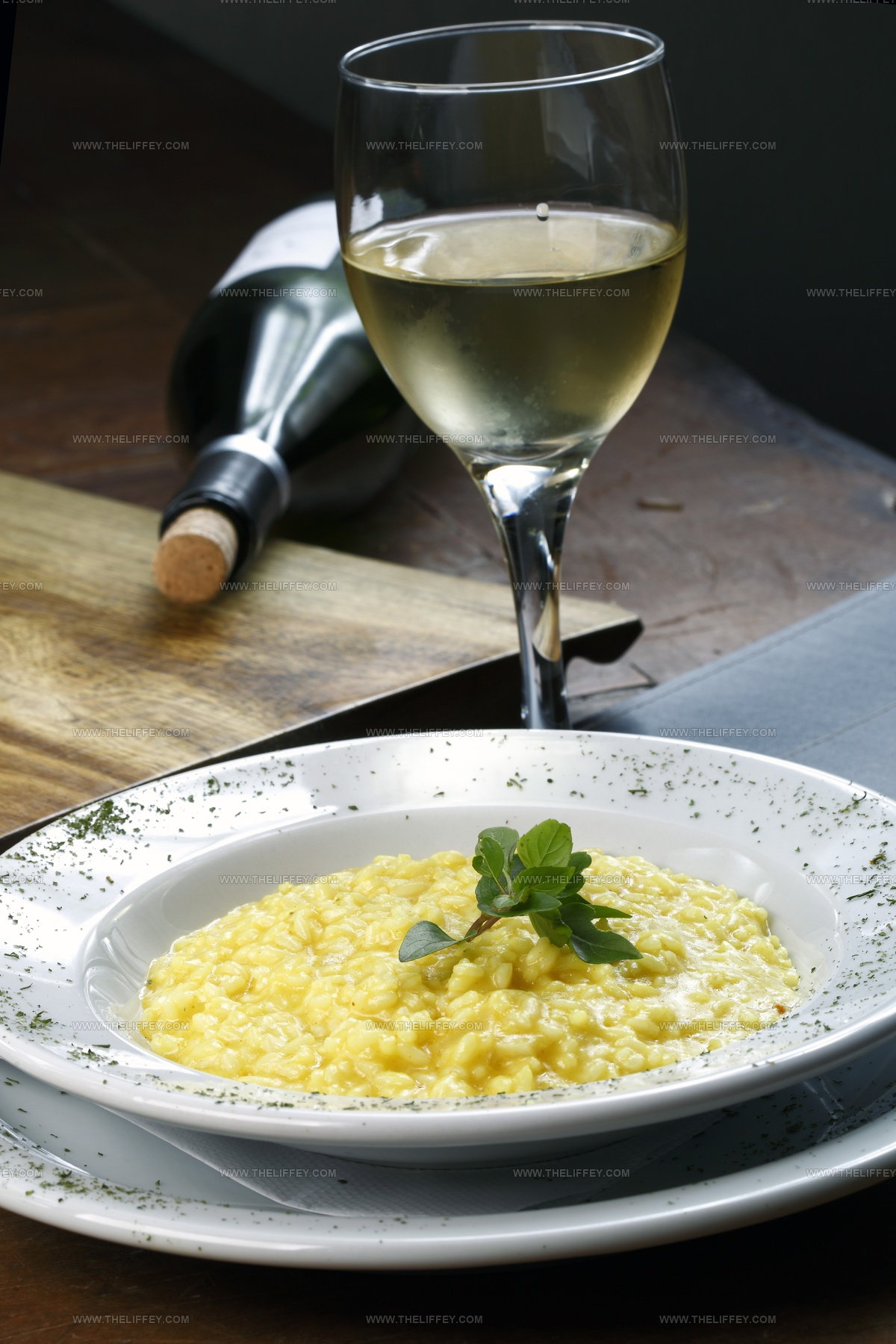
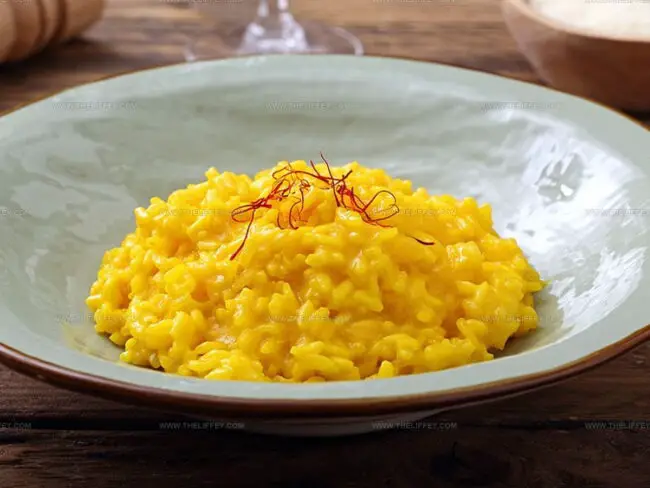
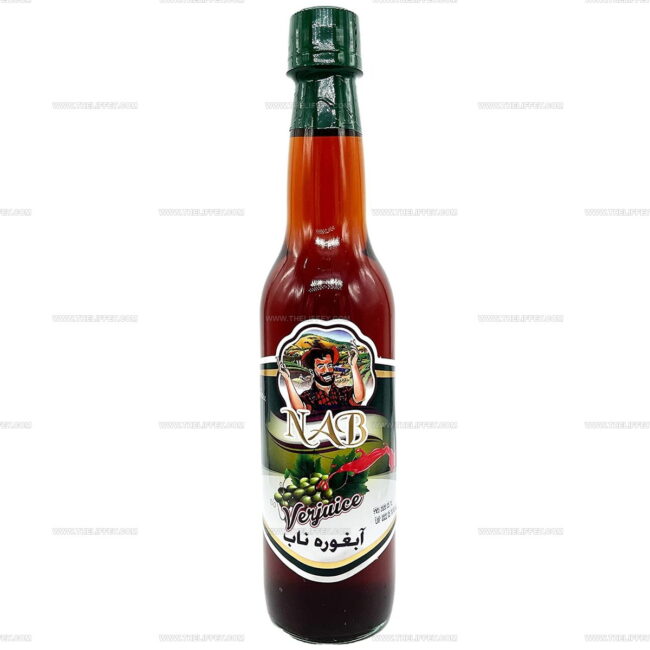

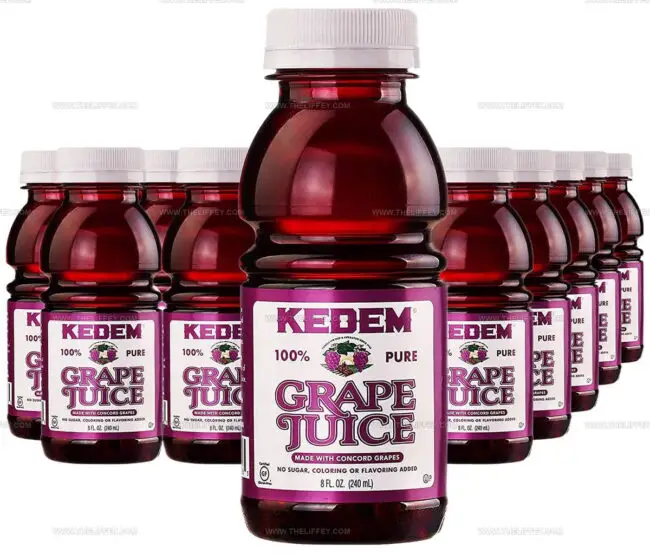
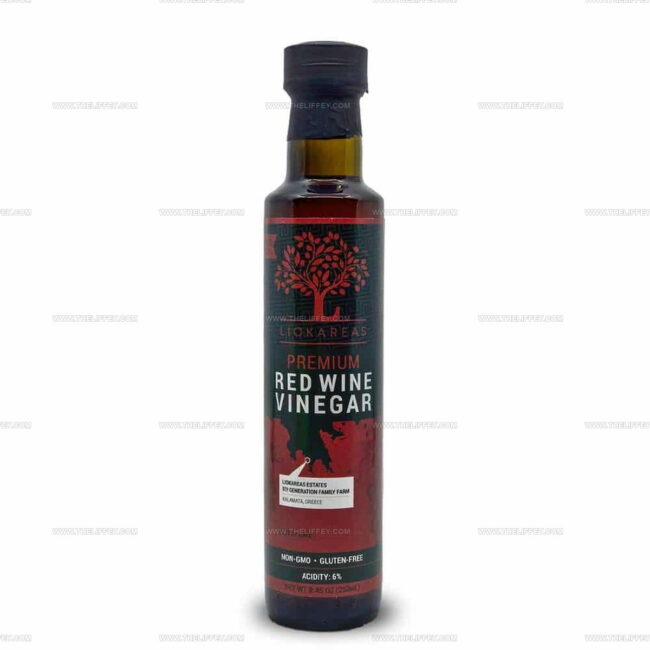
Amanda Bennett
Recipe Curator & Culinary Educator
Expertise
Baking and Pastry Arts, Recipe Testing and Development, Culinary Instruction, Food Styling and Photography
Education
Asheville-Buncombe Technical Community College, Asheville, NC
Diploma in Culinary Arts
Emphasized practical cooking skills, nutrition, and kitchen management.
Cambridge School of Culinary Arts, Cambridge, MA
Certificate in Professional Pastry Arts
Specialized in baking techniques, dessert presentation, and flavor profiling
Amanda’s roots run deep in the Southern hills, where every meal started fresh from the garden and every dessert came with a story. She trained at Asheville-Buncombe Technical Community College and sharpened her pastry skills at the Cambridge School of Culinary Arts, blending classic technique with everyday charm.
At The Liffey, Amanda’s passion is making baking and home cooking feel natural and joyful. She’s all about single recipes that are simple enough for a busy afternoon, but special enough to make someone’s day a little sweeter.